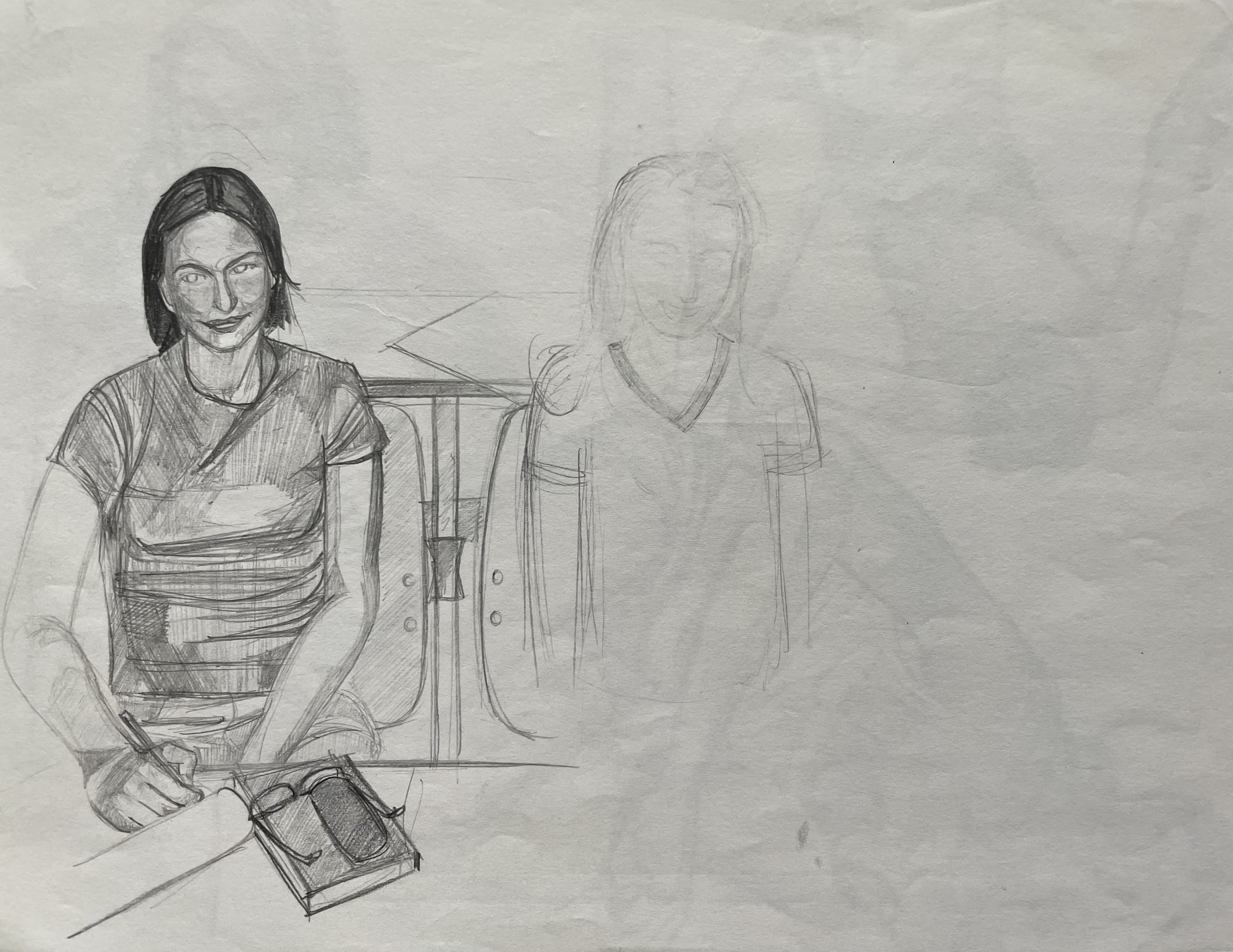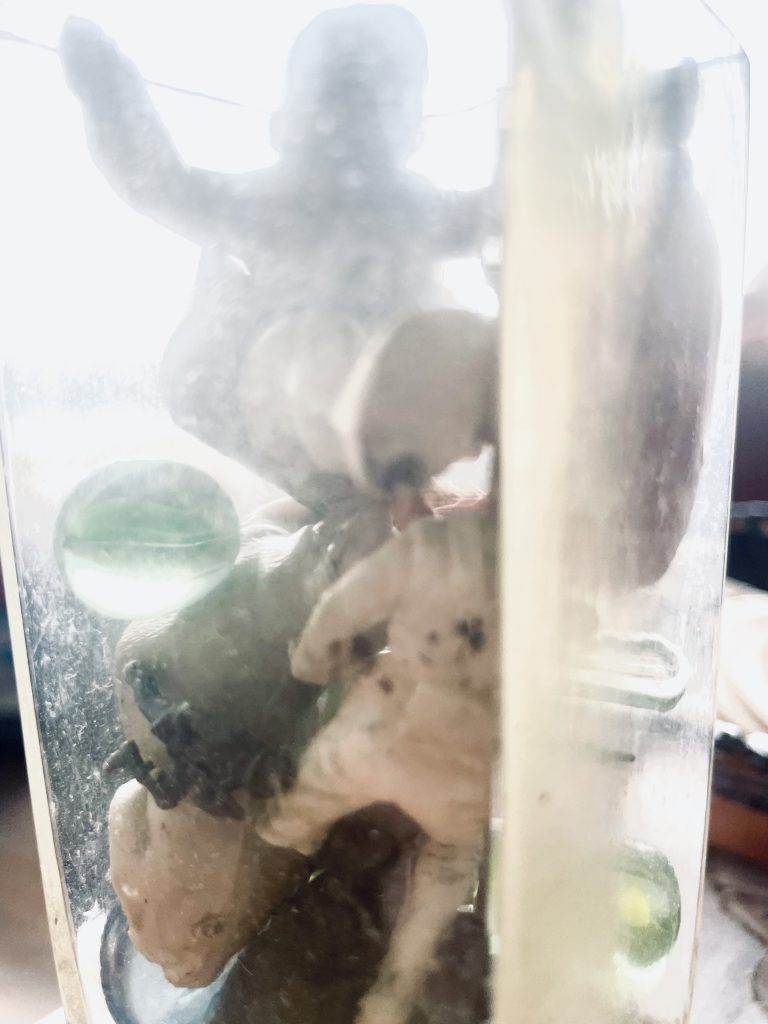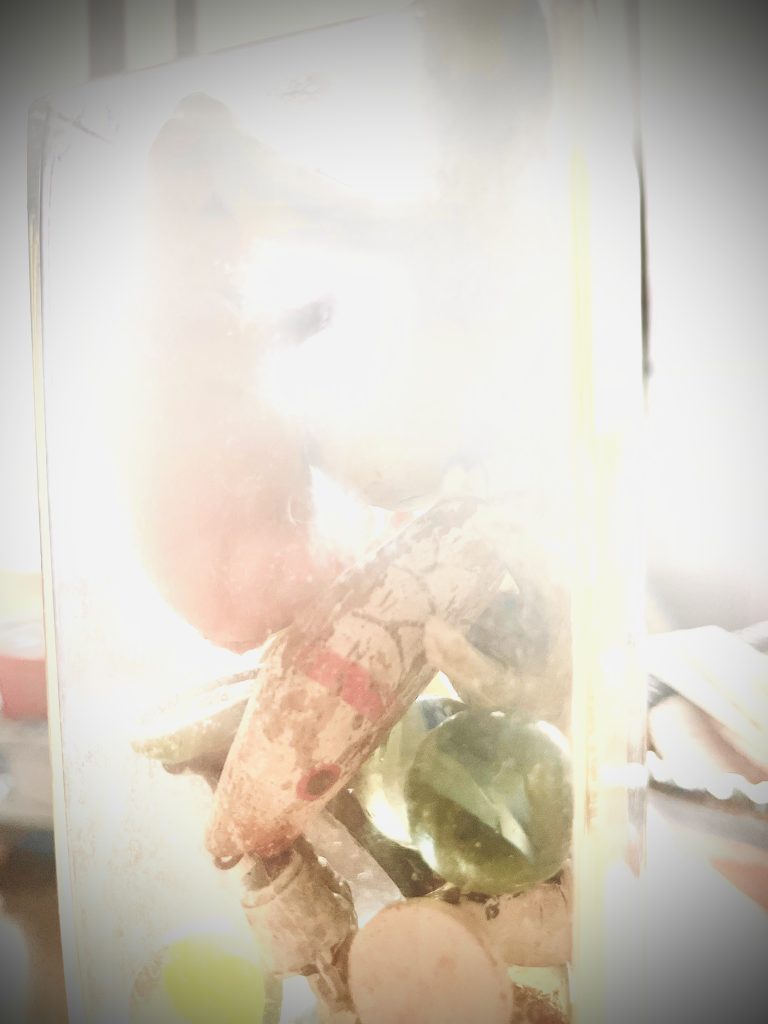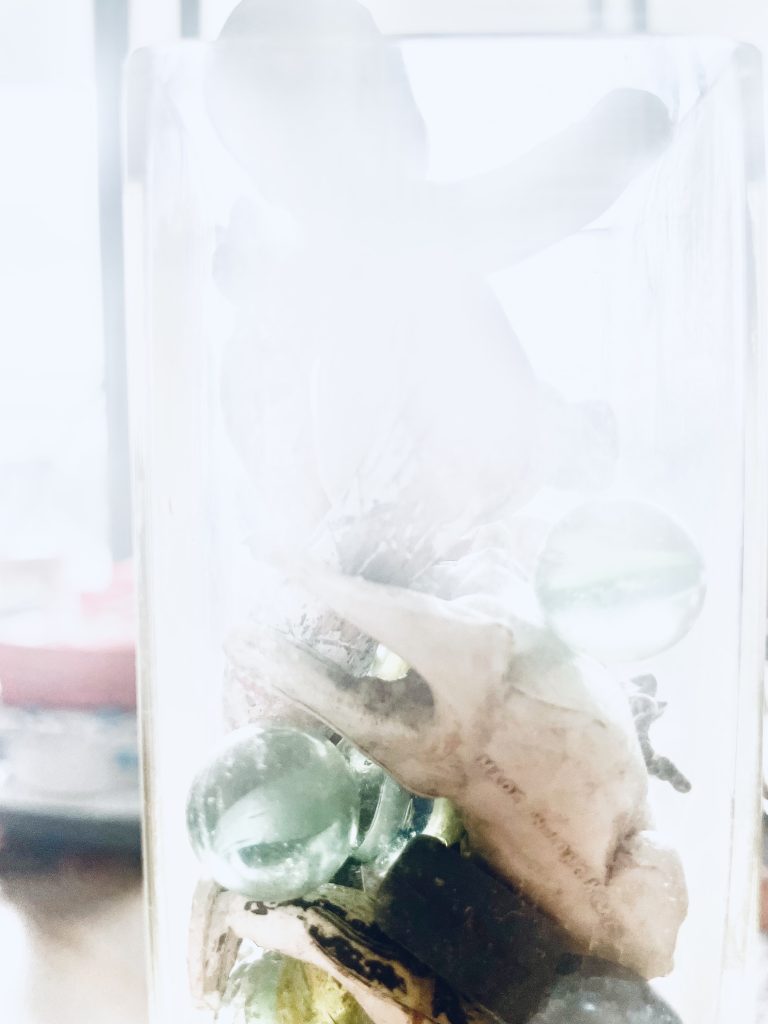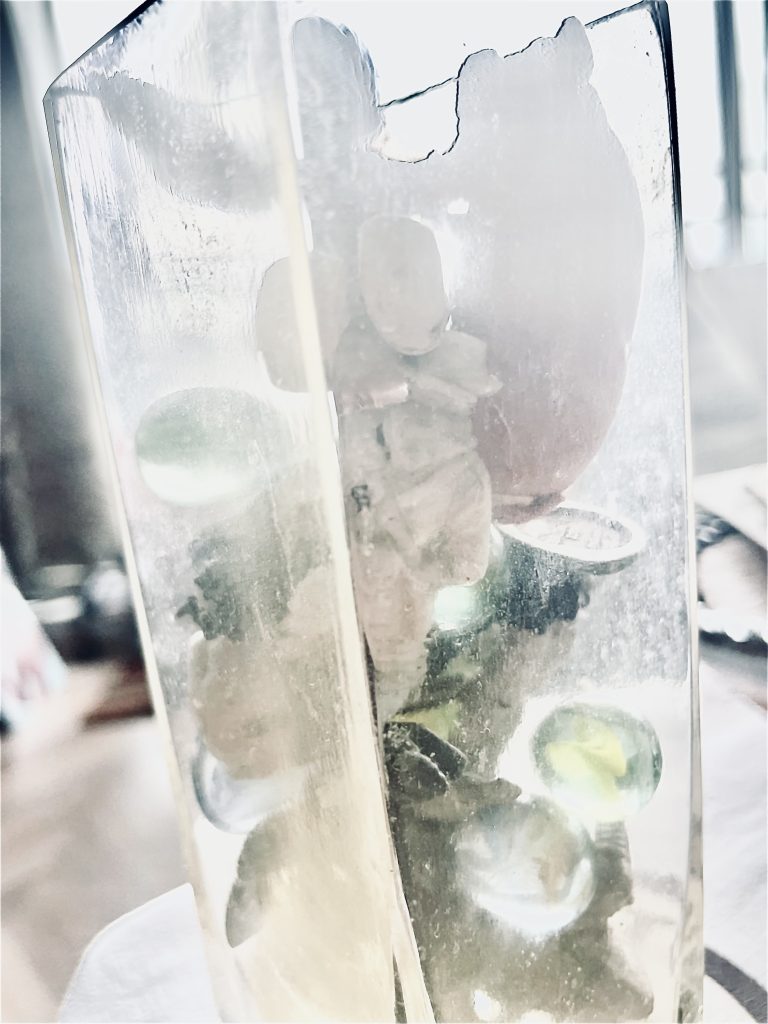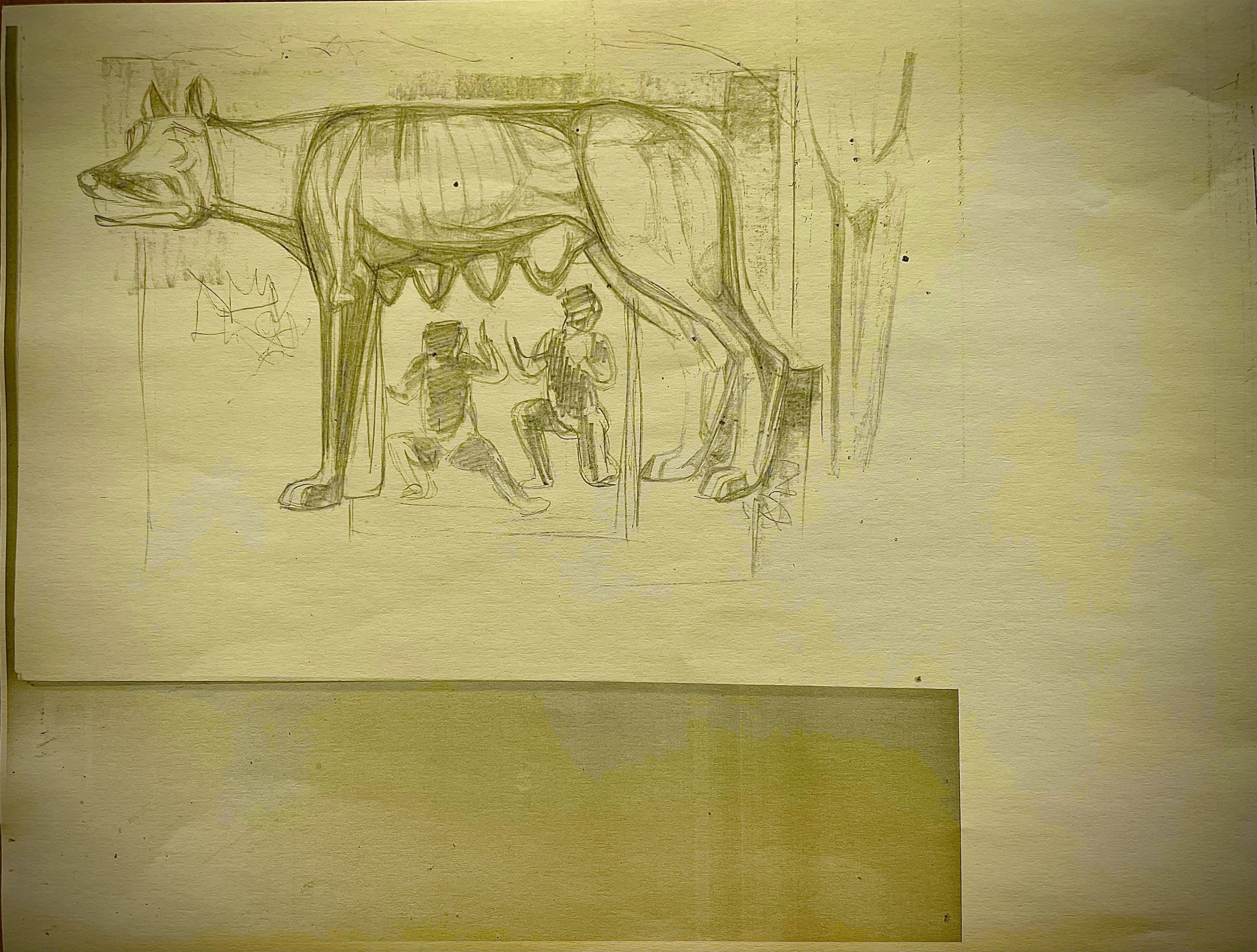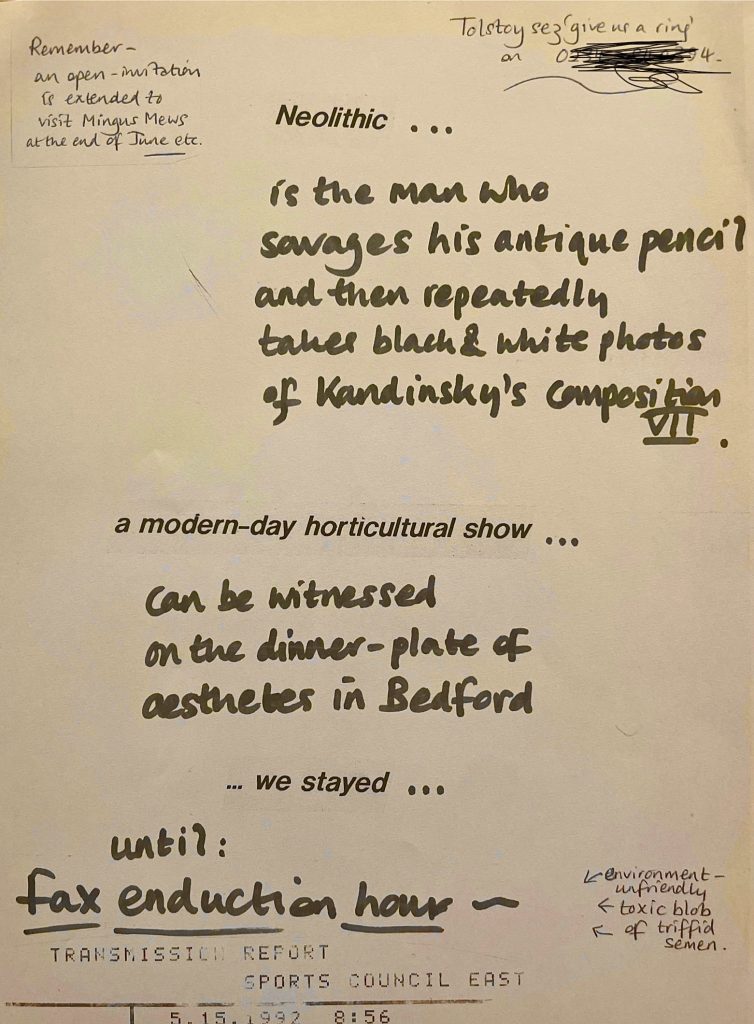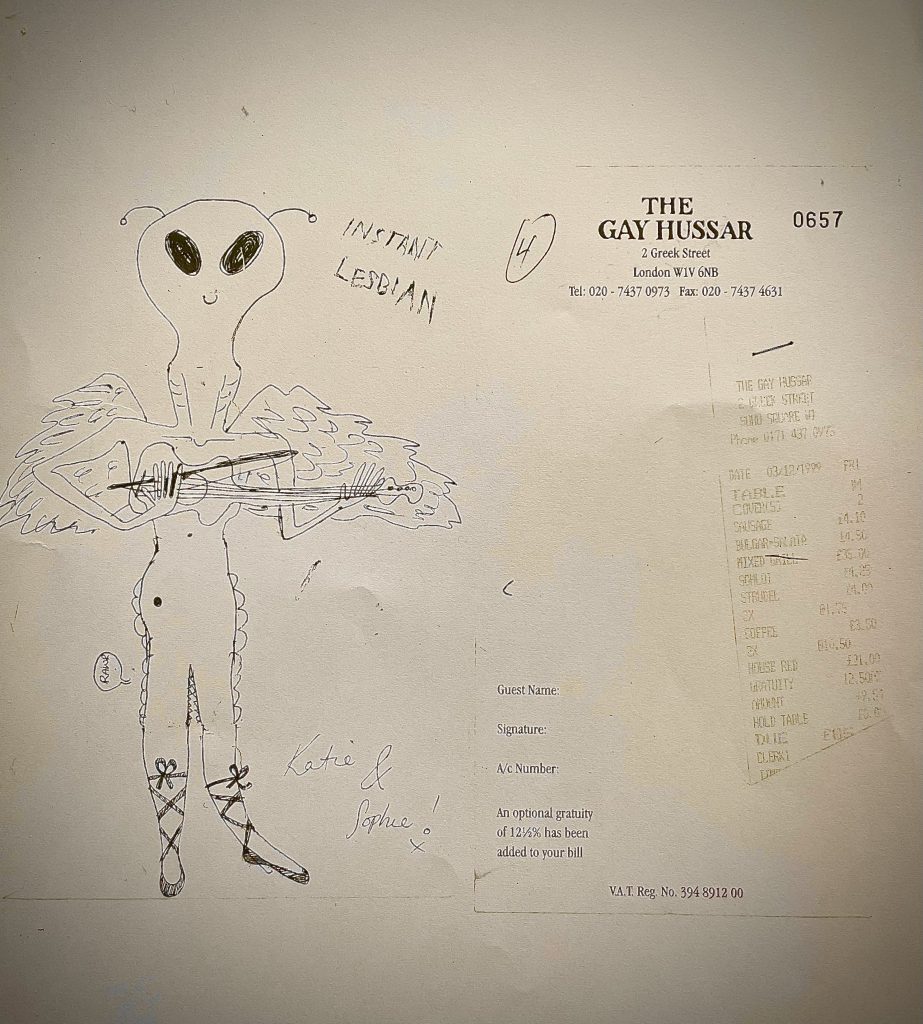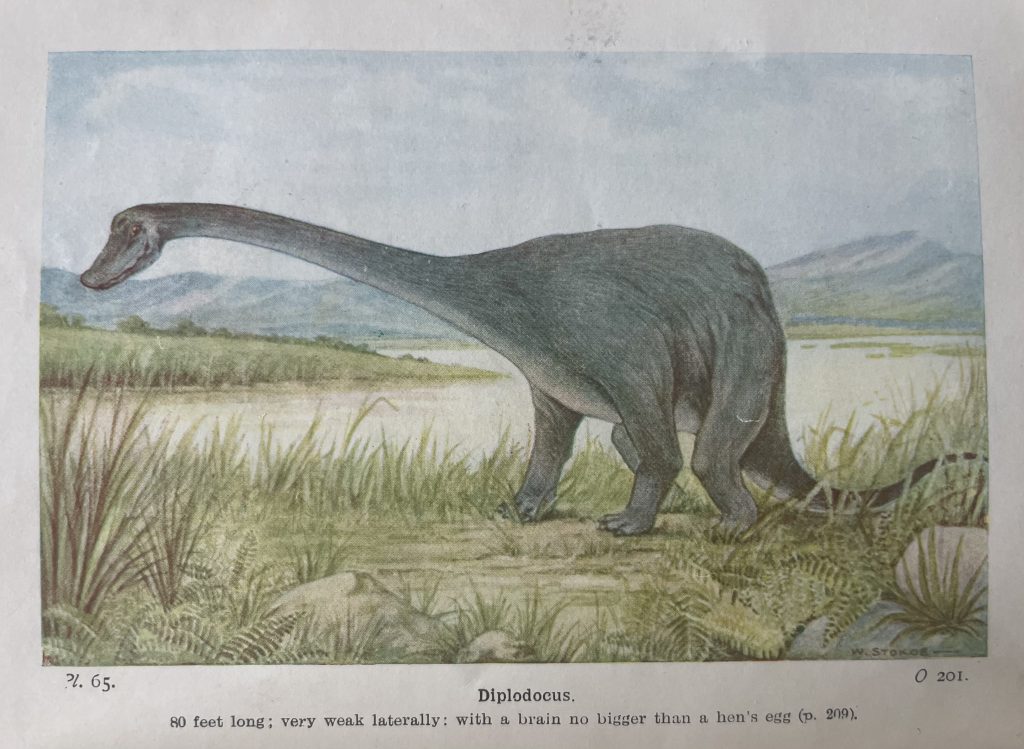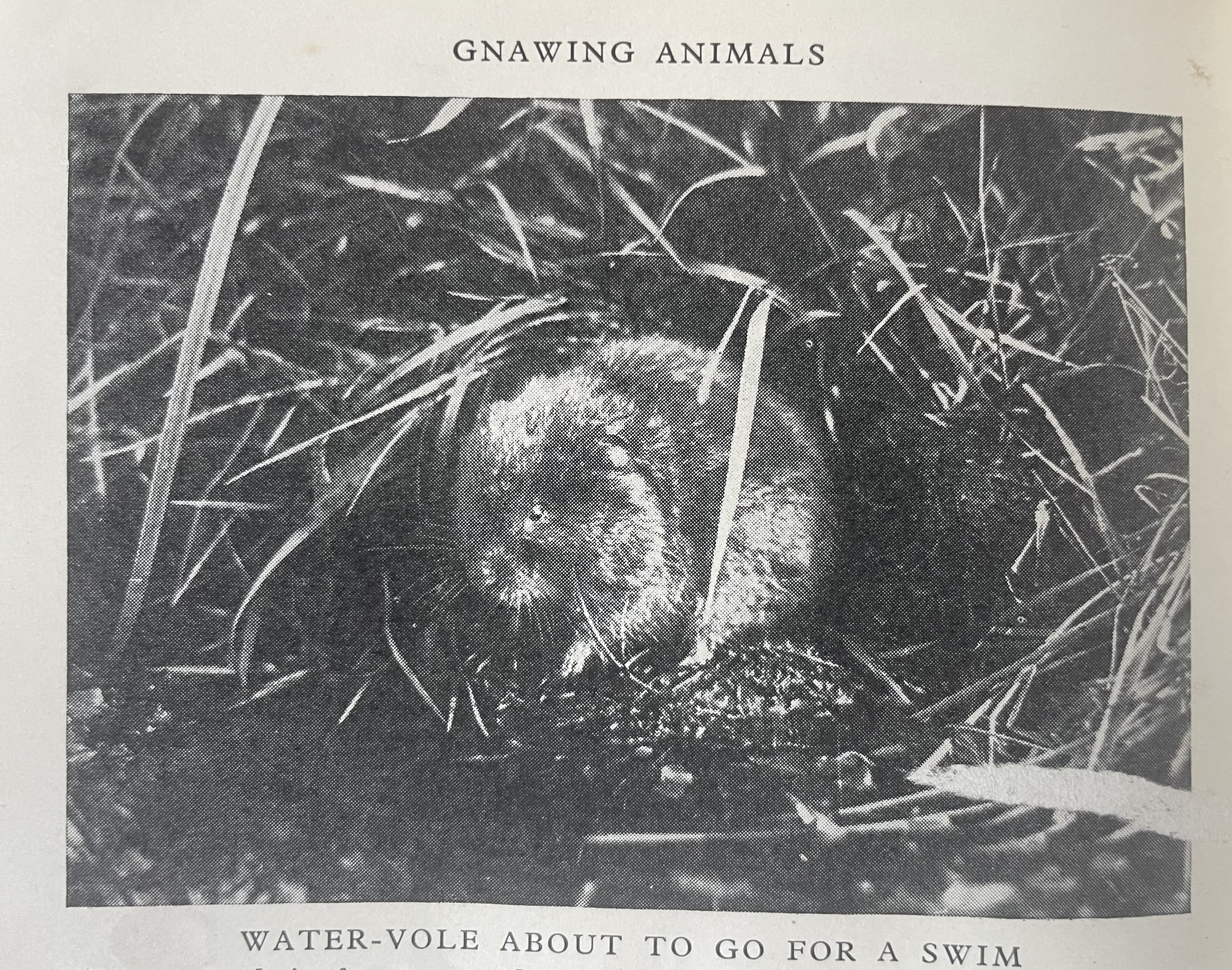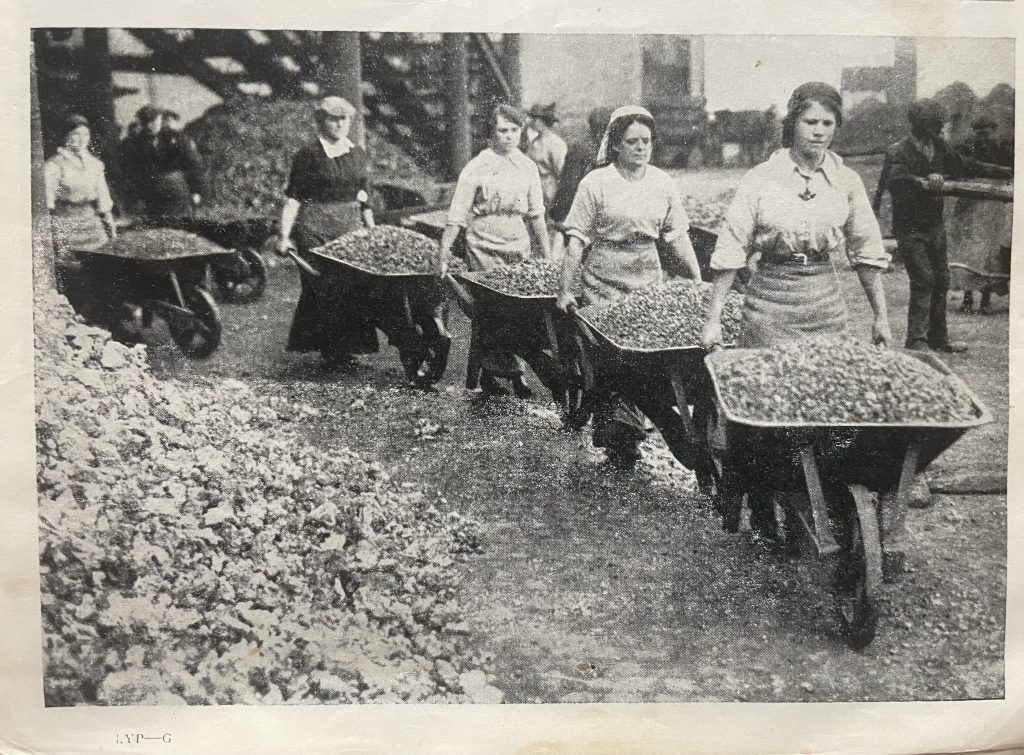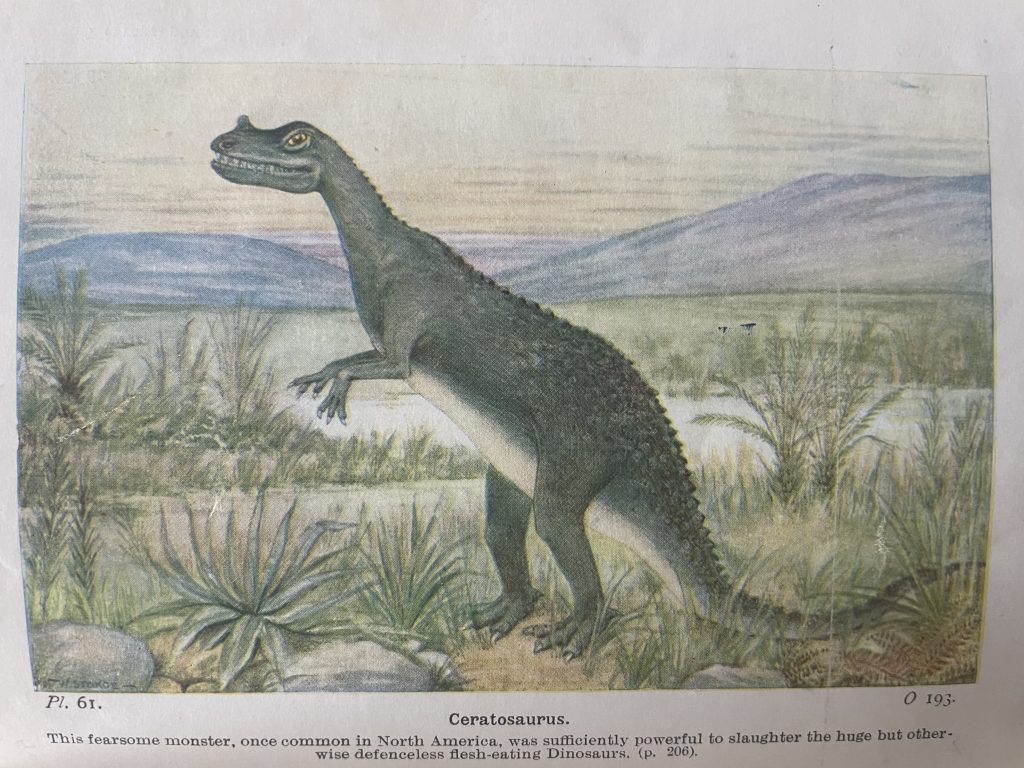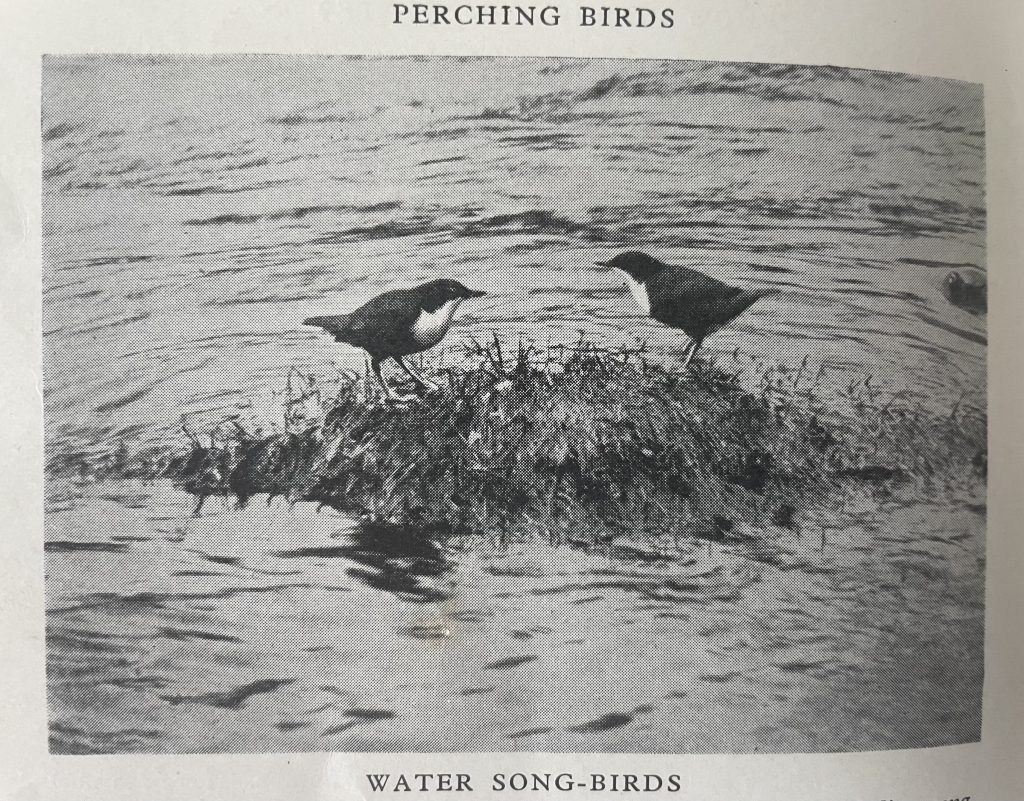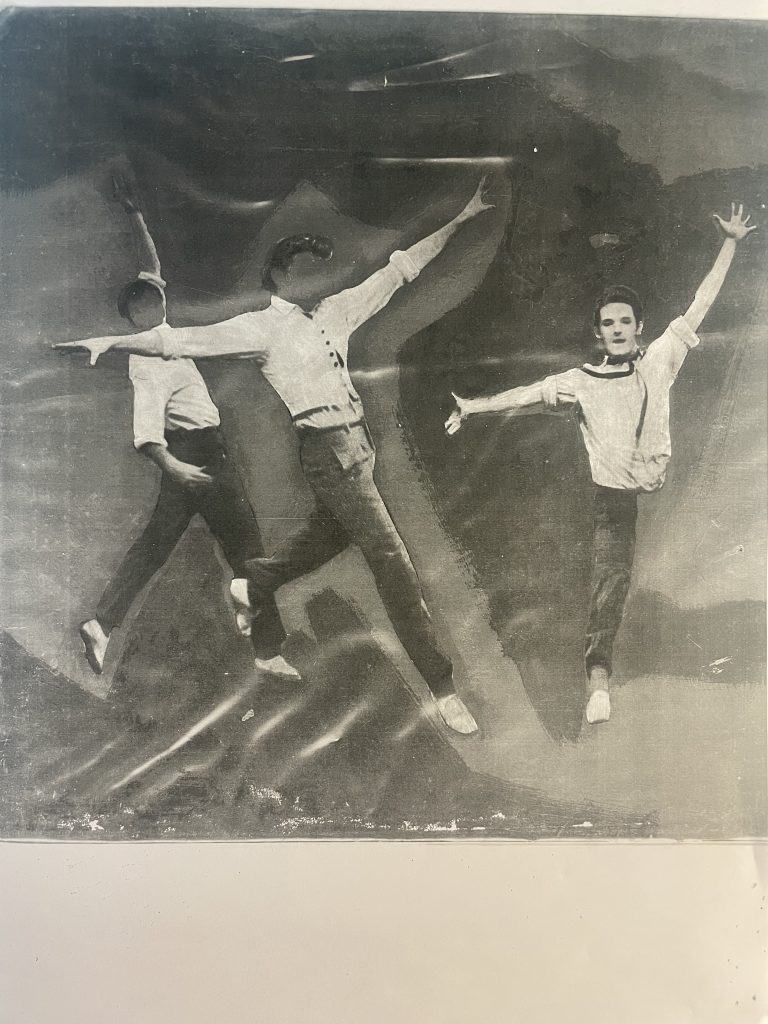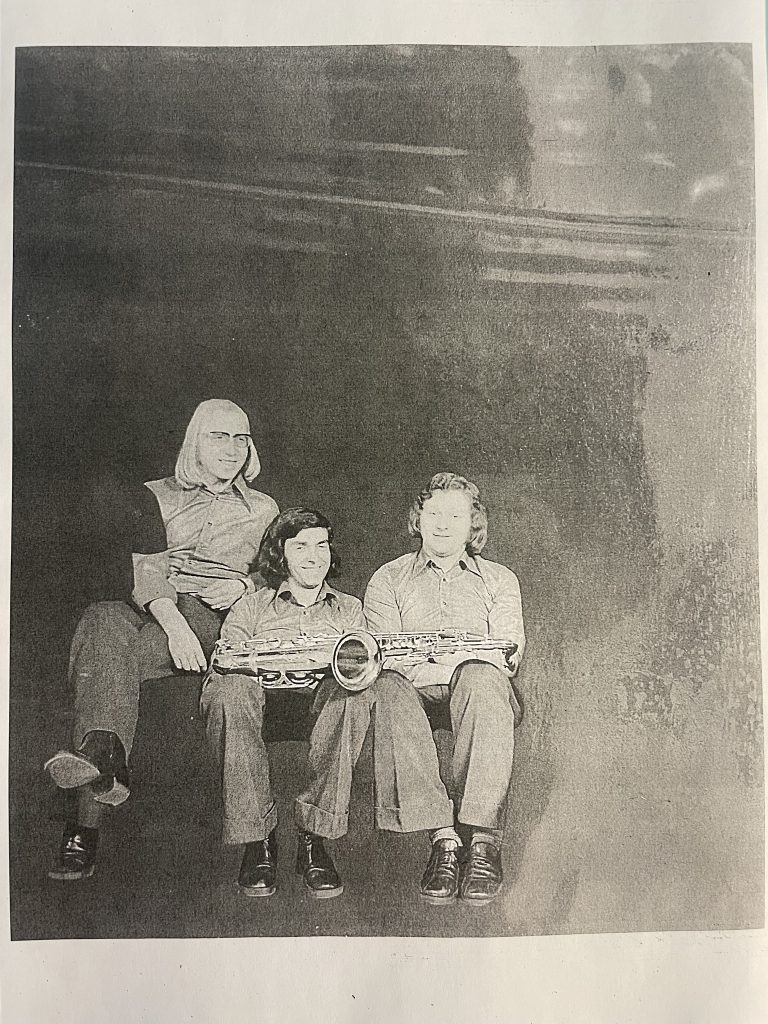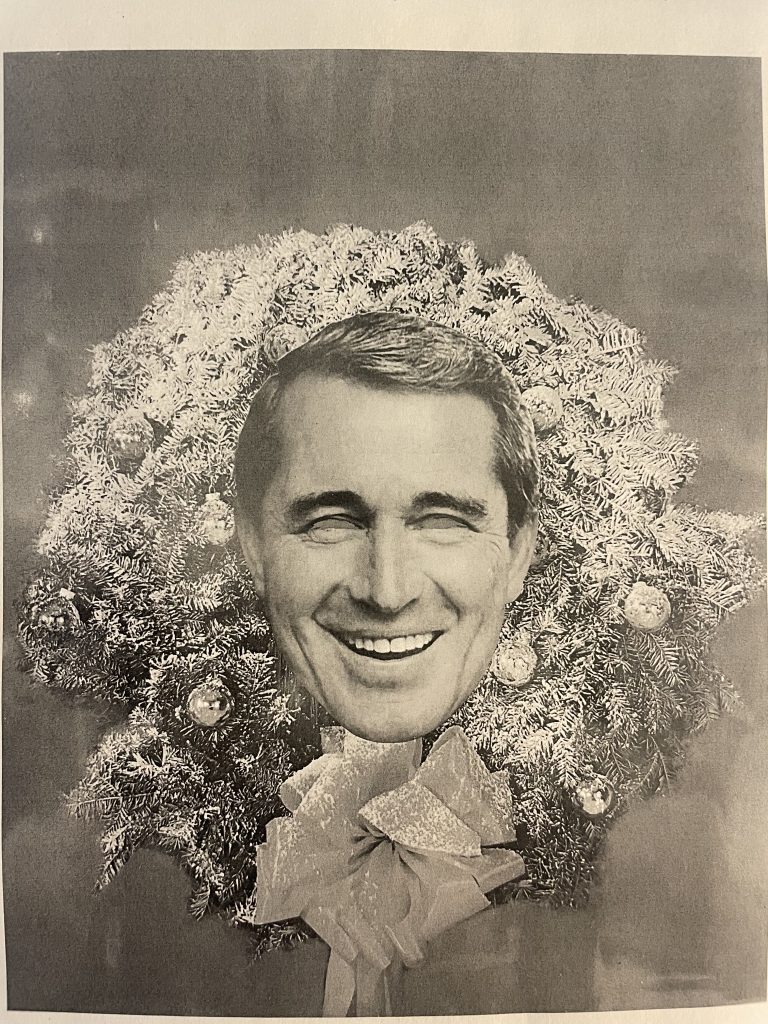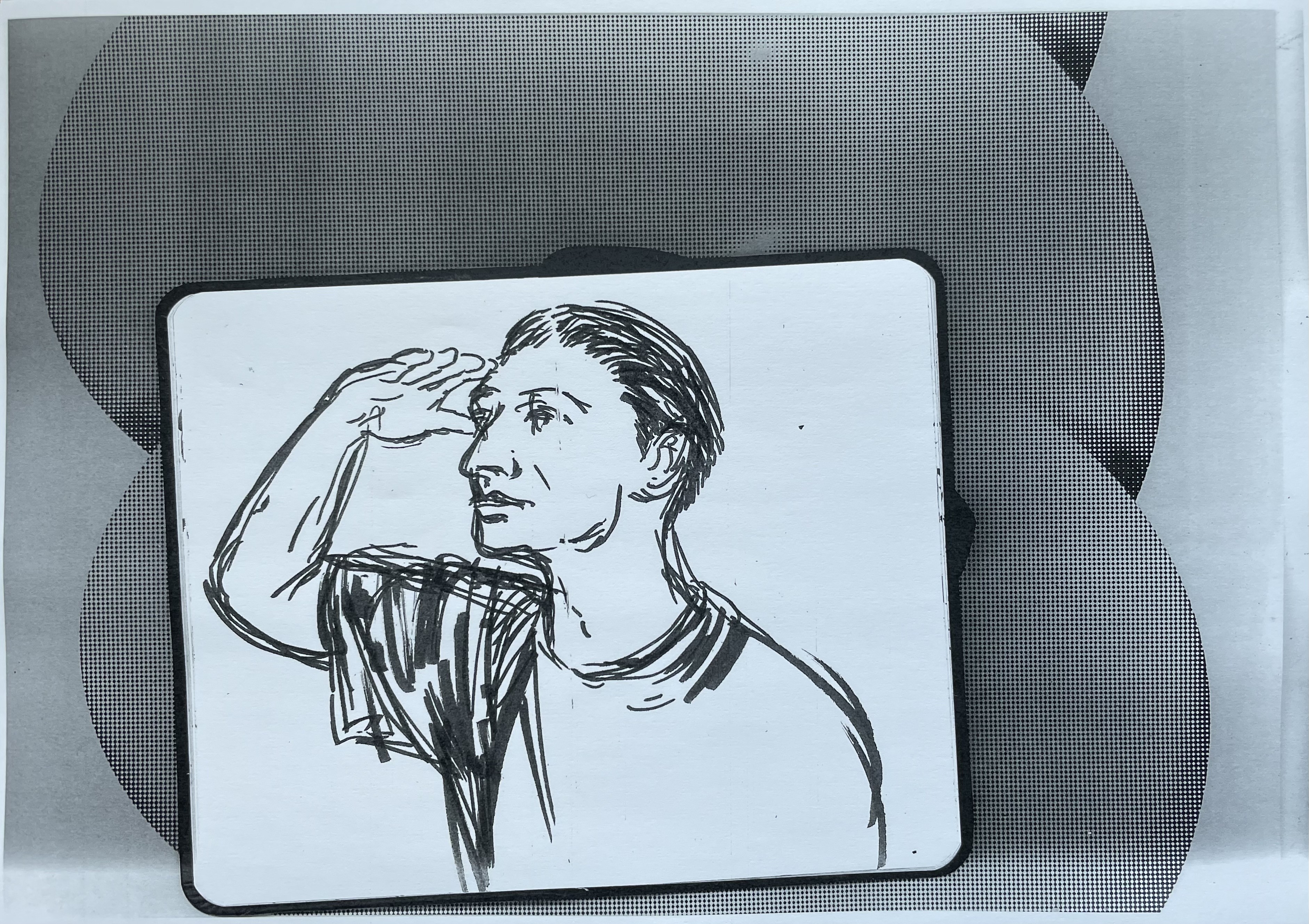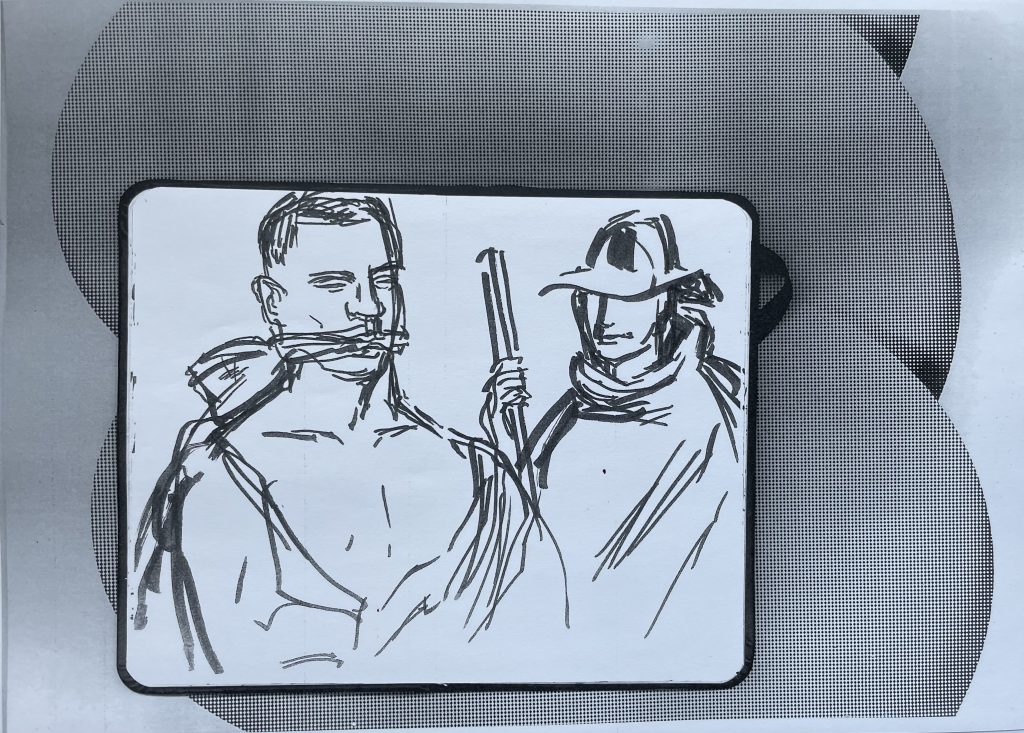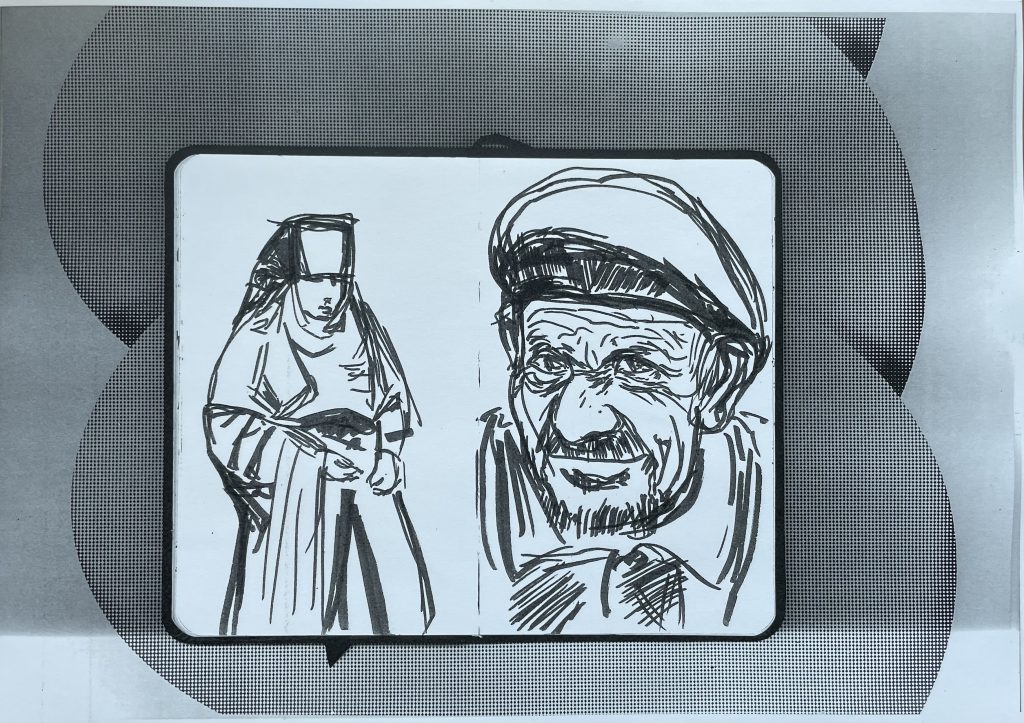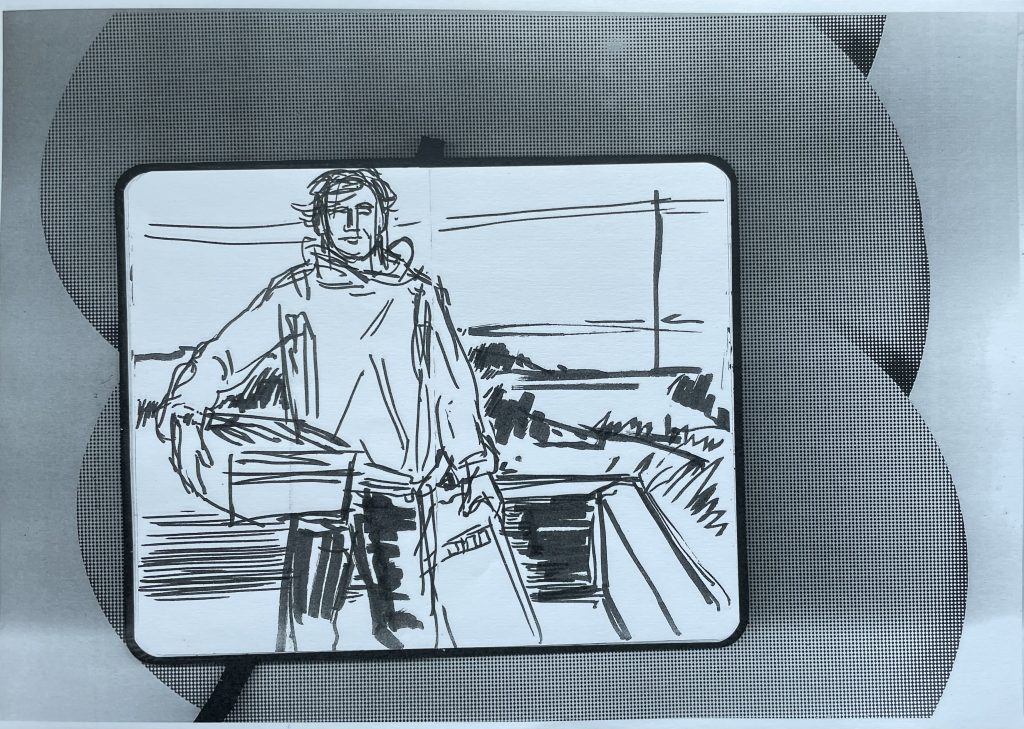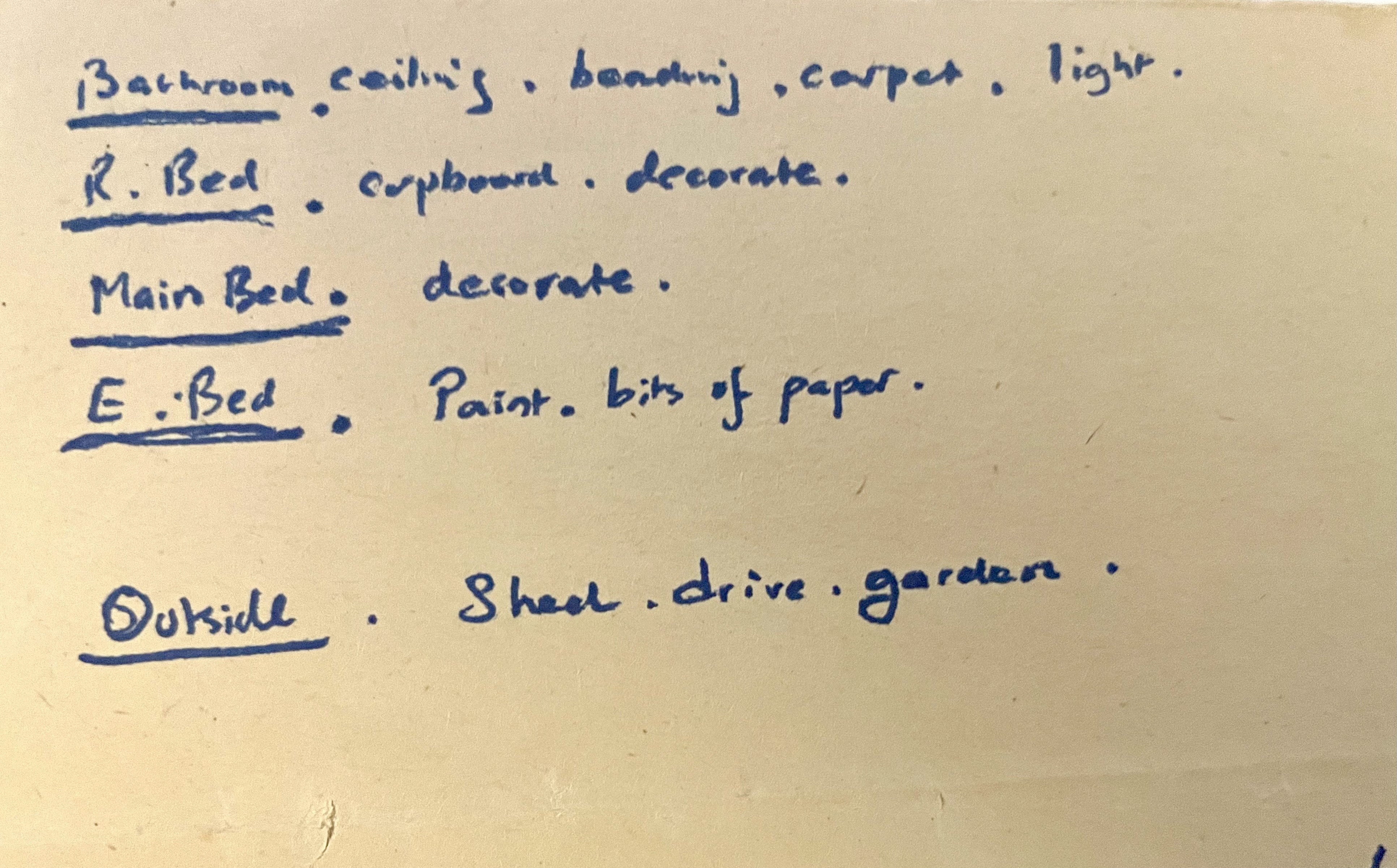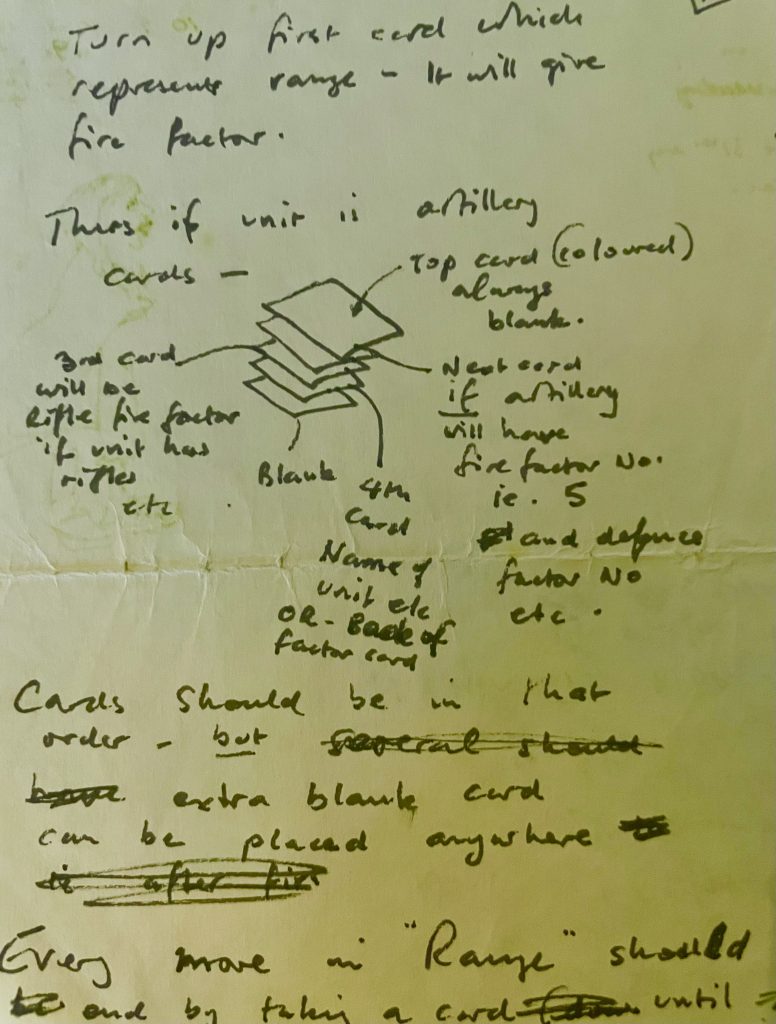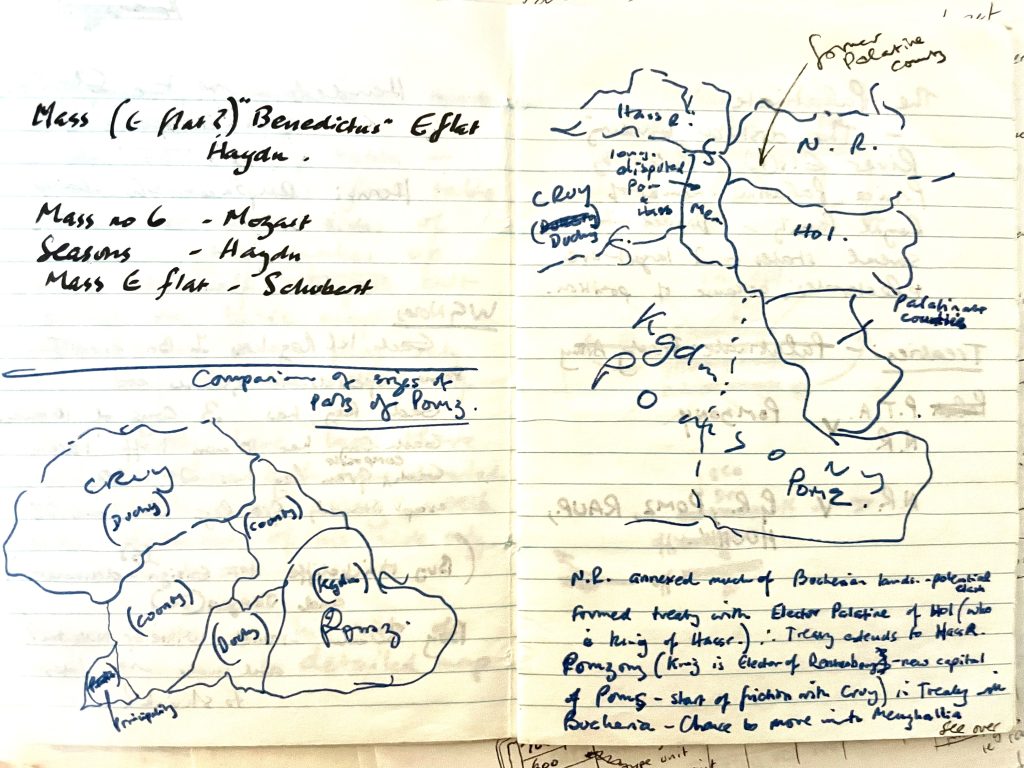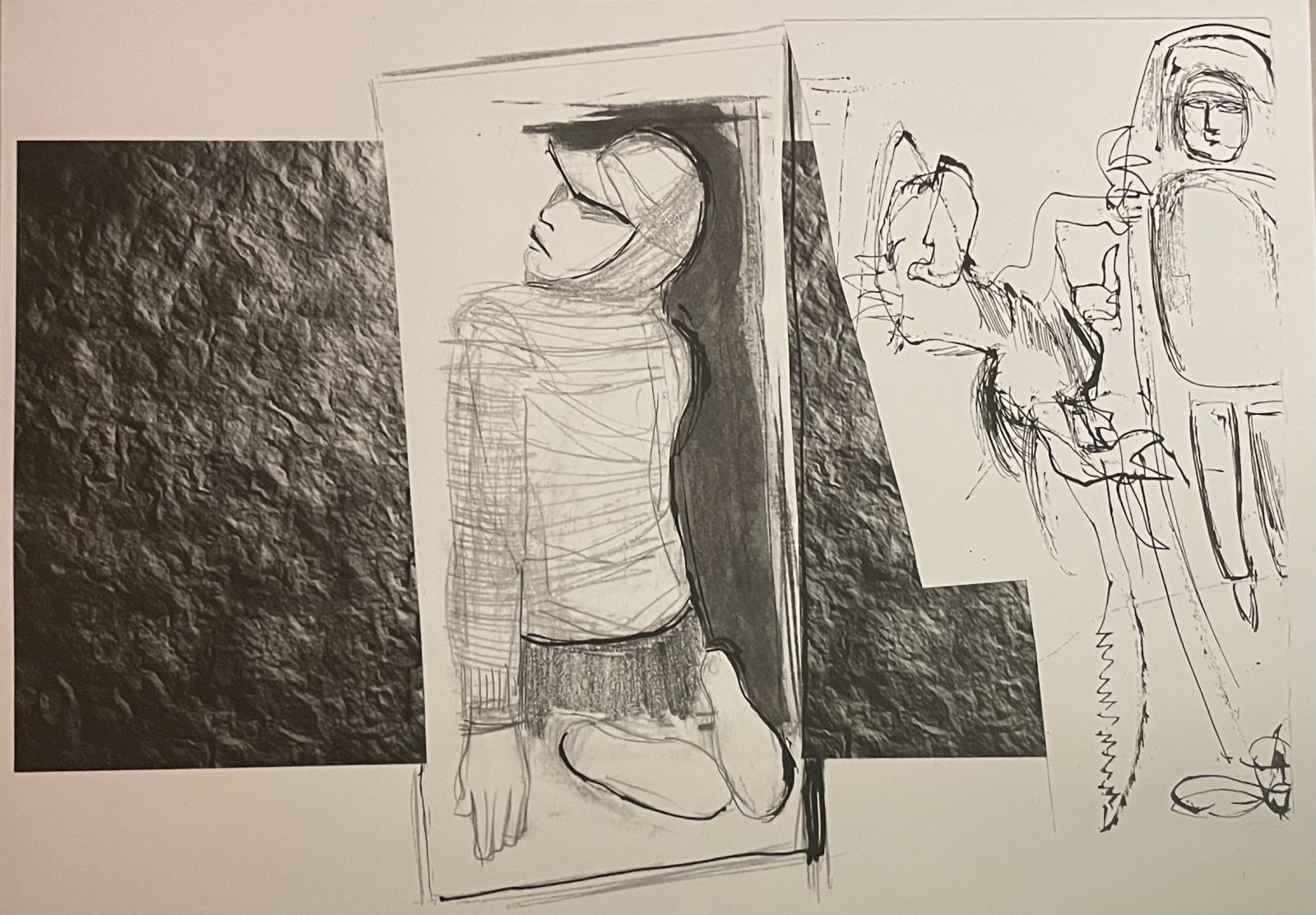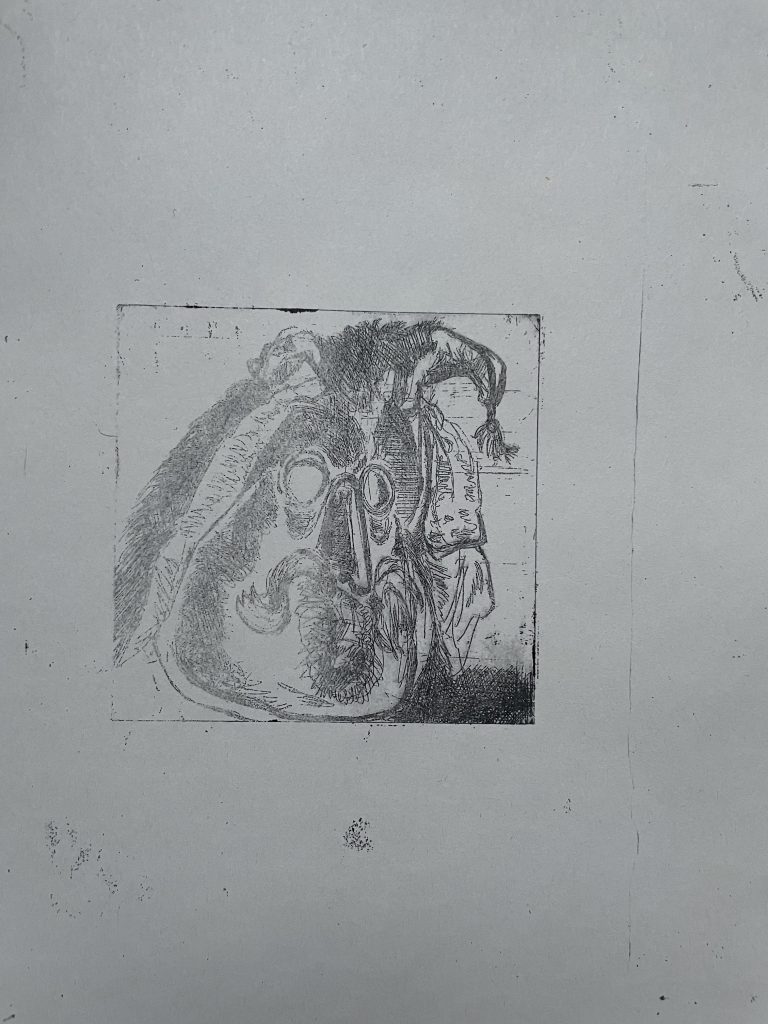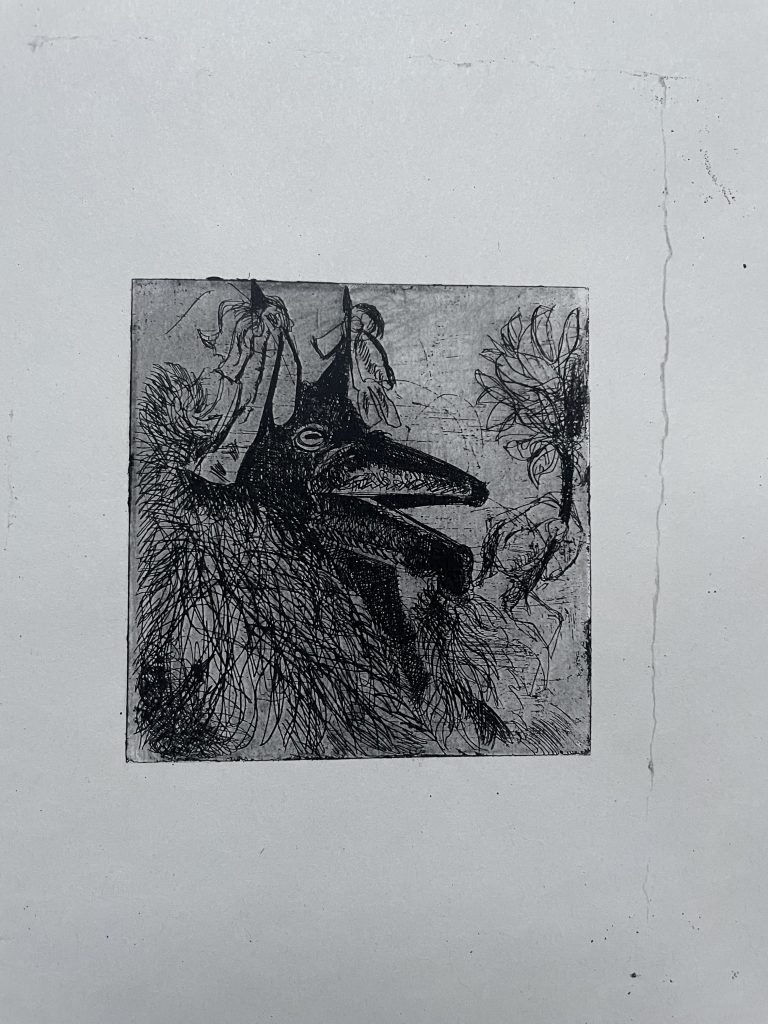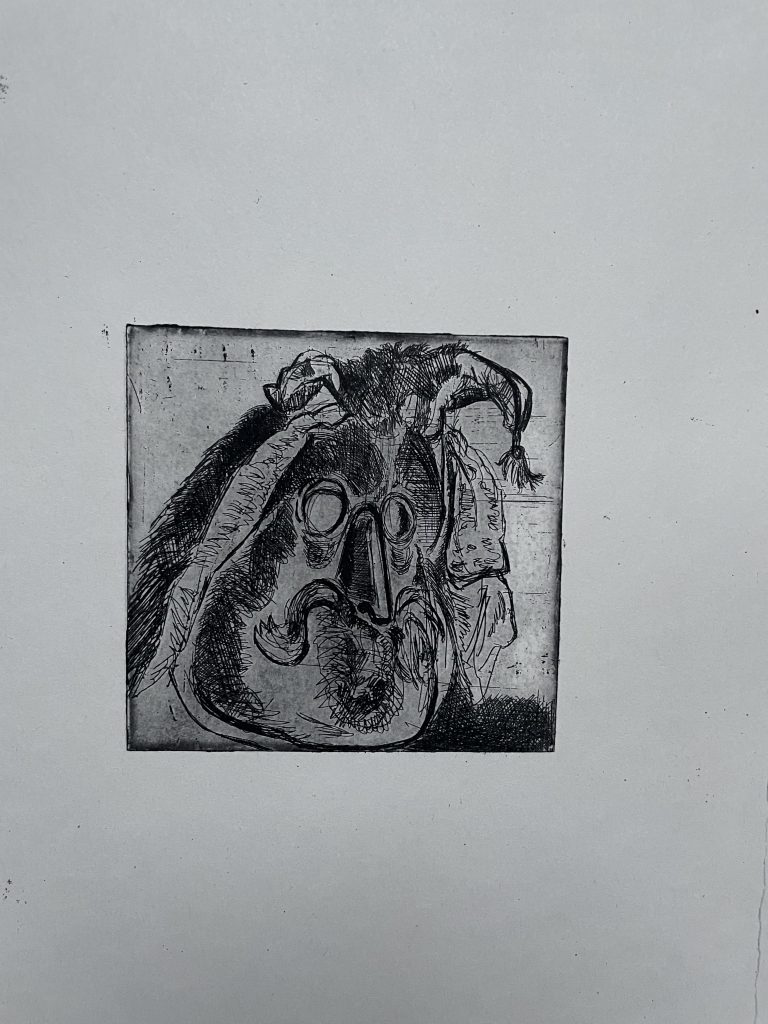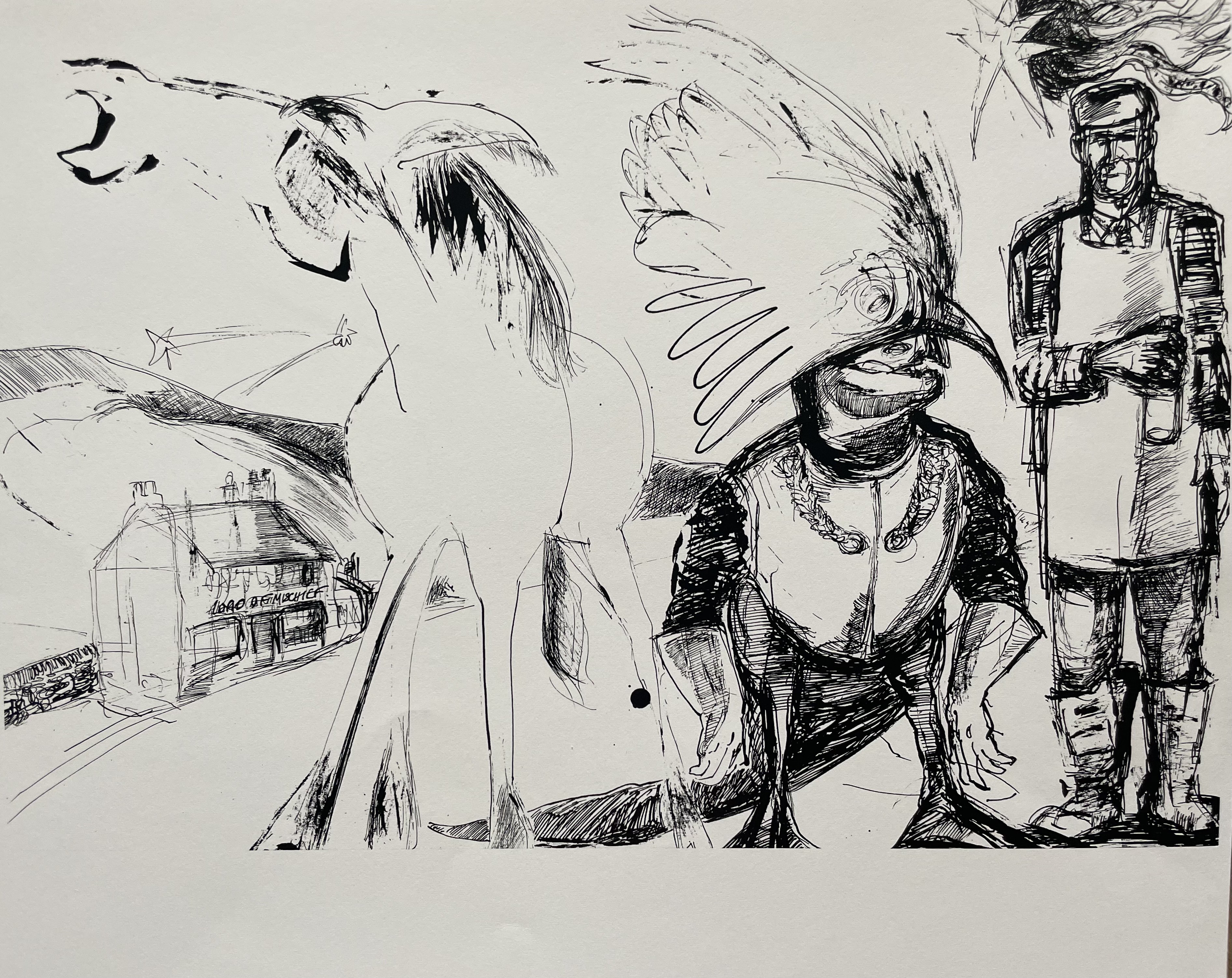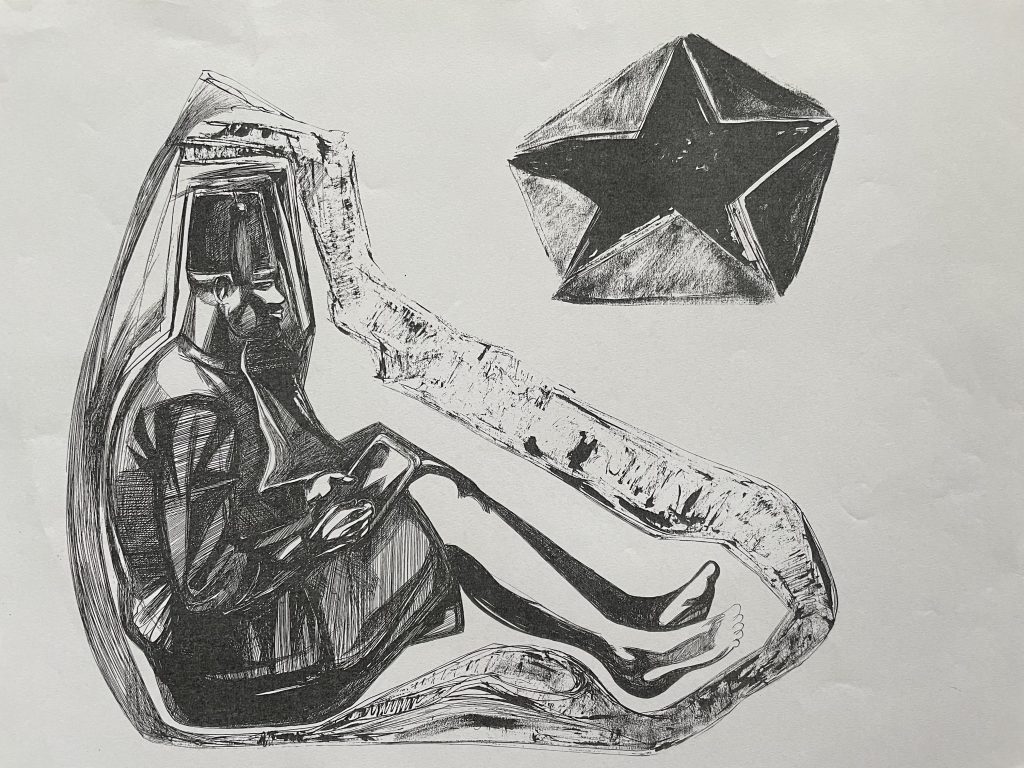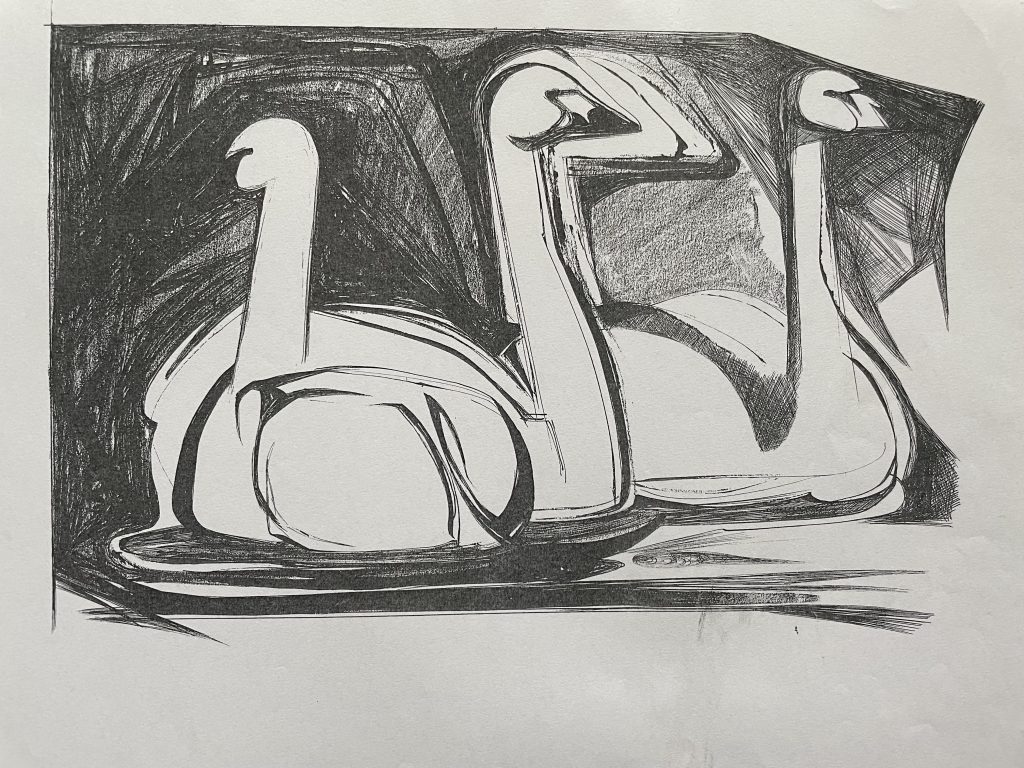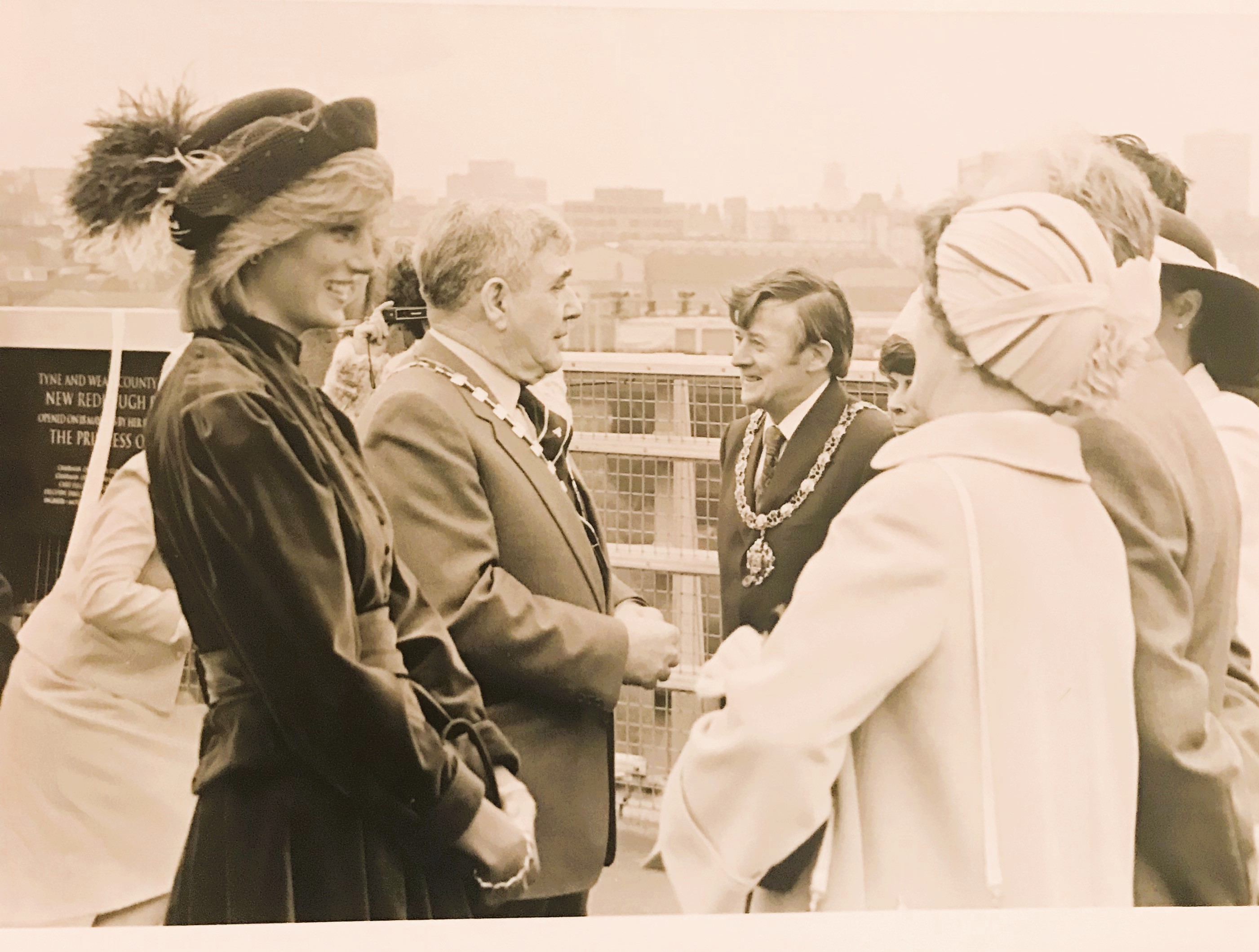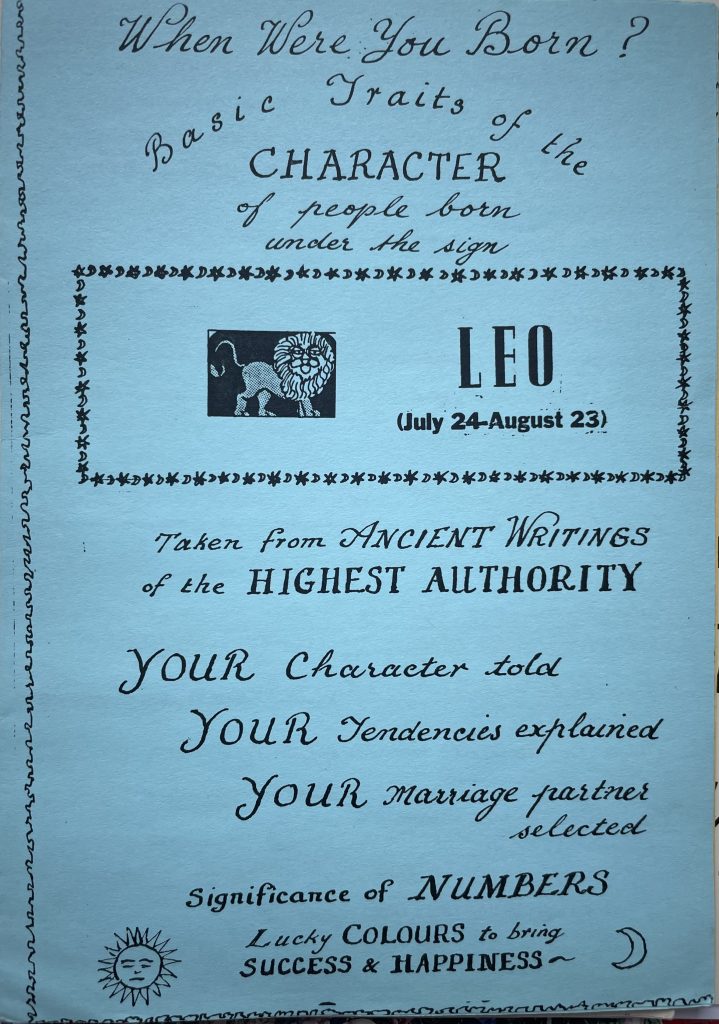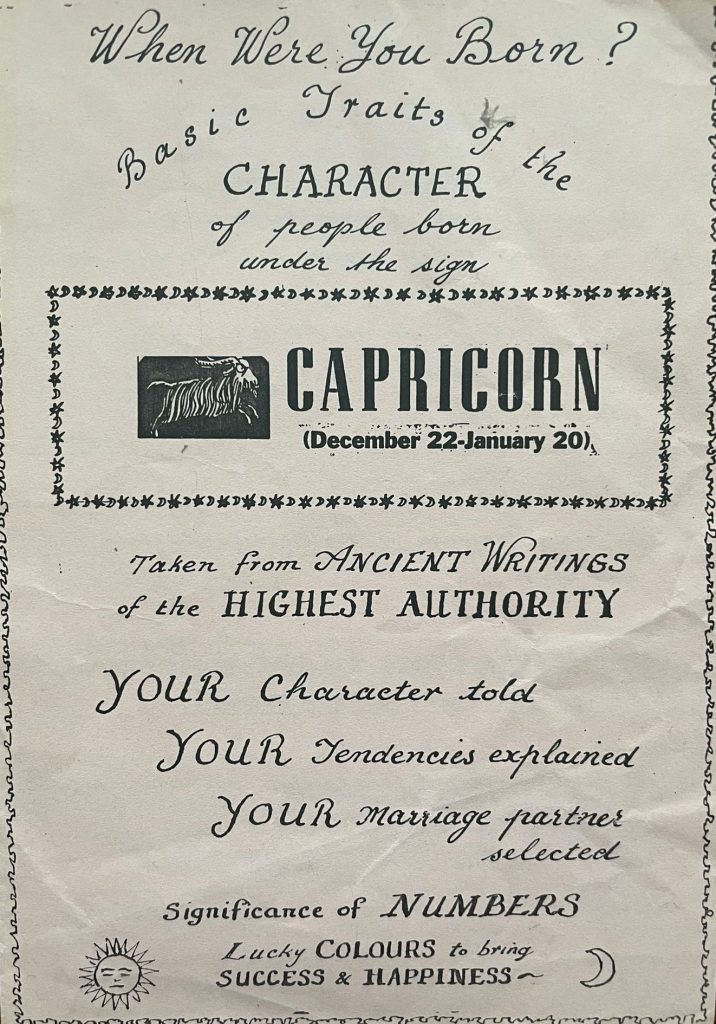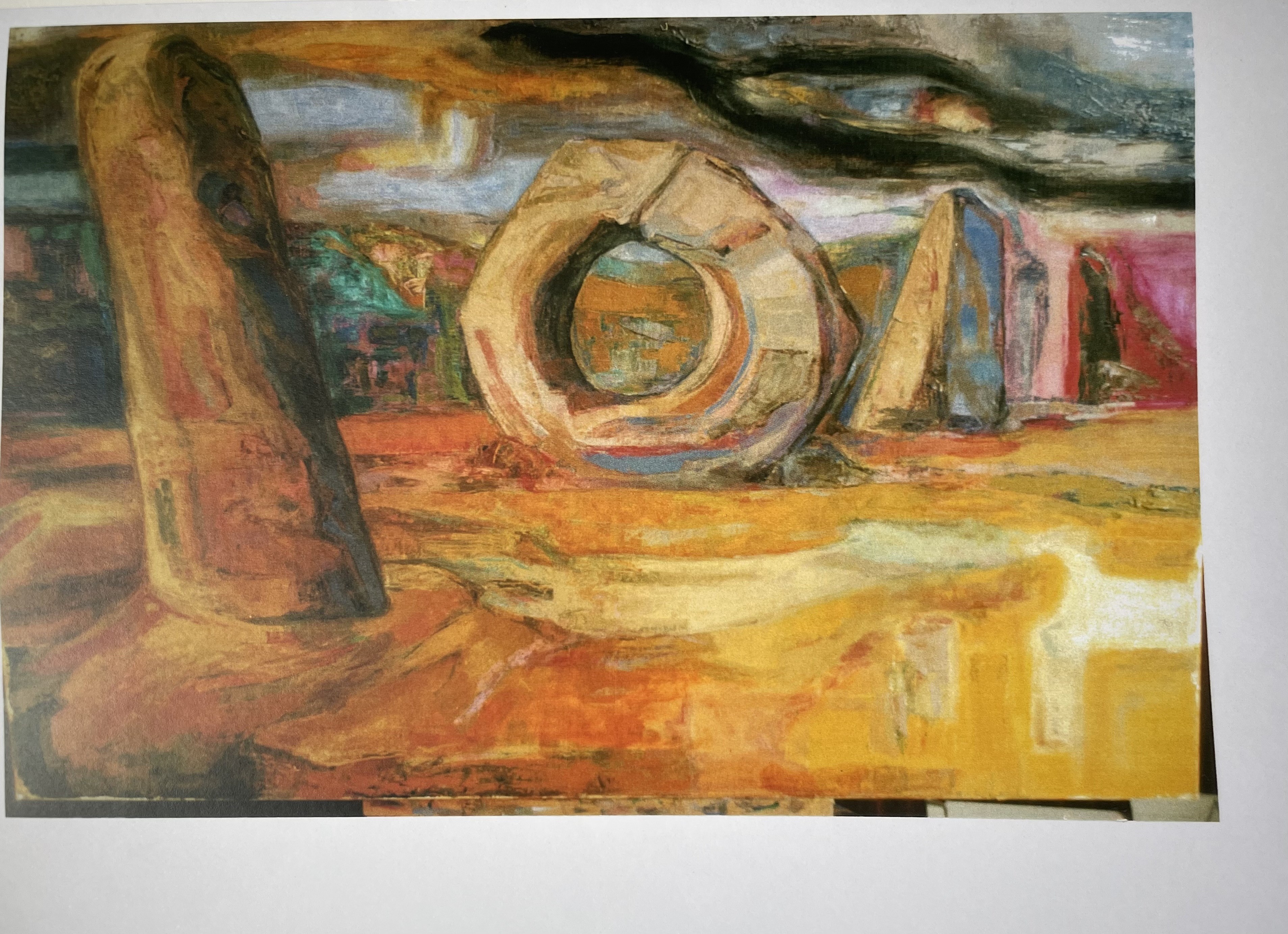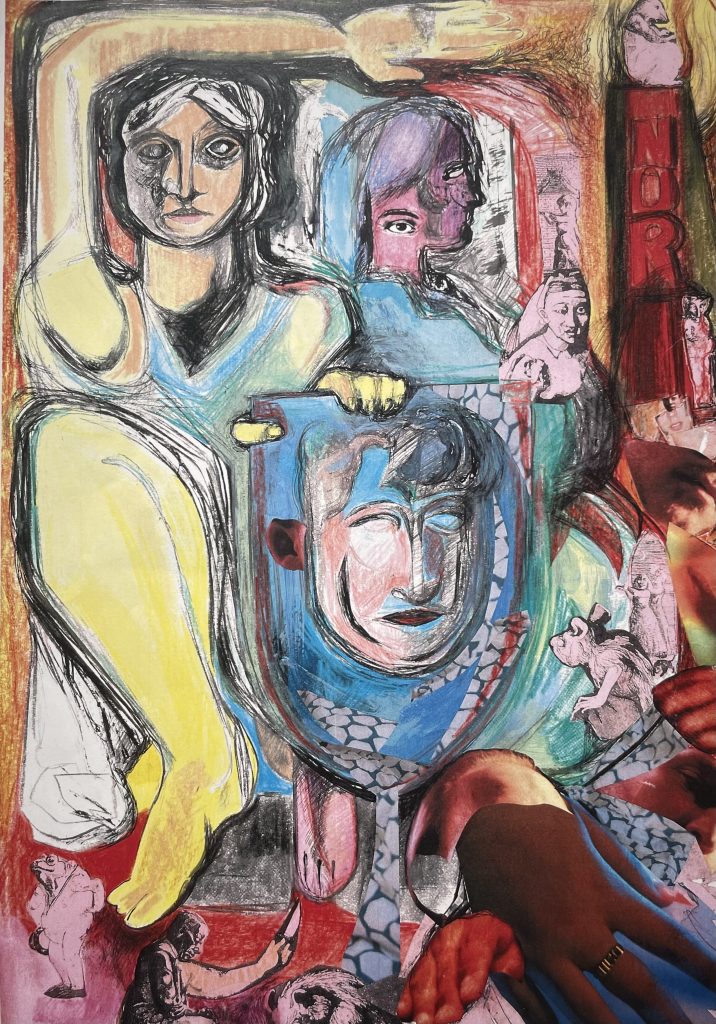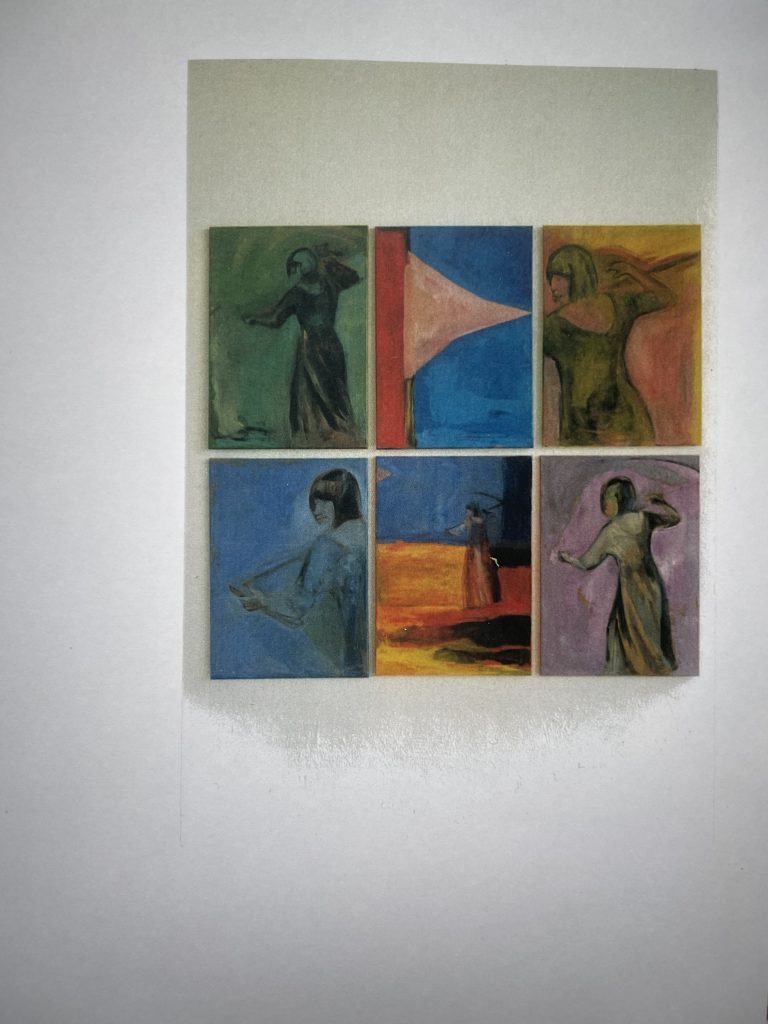Oh heck, things are getting unsteady, we need to keep hold of our pins and wait on our C.O. otherwise all hell’ll be brekkin loose like it does down Funnies on a Friday neet.
Category: Accringtonia
PINS – Rule Thirty-two: The Unsteady Zone
Elite troops keep the morale of other units steady in the Unsteady Zone. That’s the place where contact with the opposing force occurs.
You can read all about that here, along with why you musn’t leer, or be a lummox at the Con Club whist drive.
PINS – Rule Thirty-one: More food.
There are lots of places to go and things to do with a full stomach, so the most important thing is having no interference in the kitchen. That’s where the food is.
TERMS AND CONDITIONS
For their own comfort and safety, children under 5 and babes-in-arms are not admitted.
These photocopies accompany a post that is not a rule as such, it’s more an adjunct to Rule Twenty-nine and a reminder. You need to put some meat on your bones. And you need to make sure everyone is out of the kitchen. Don’t be soft and don’t be numb.
PINS – Rule Thirty: Marching on an empty stomach
The Museum doesn’t like to unduly quote Napoleon, for as we all know, Boney was a warrior, Boney was a thief. But he was right when he said, an army marches on its stomach. Here are some images to make you think about marching on your stomach. Click here to find out how you can march on a full one.
PINS – Rule Twenty-nine: Where are our Enemies?
In PINS, and in life, we have to know where our enemies are. Luckily we have some rules to show where they are. You can read about them here. For now here are some images to help you work out where your enemies are.
PINS – Rule Twenty-eight: Advance Against Hidden Enemies
We have to advance, most probably against hidden enemies. This is because, just like any really good game, we can’t be bothered checking the rules we wrote earlier. So best just advance.
PINS – Rule Twenty-seven: Mascots for Morale
Just like in Real Life (what’s that?), morale plays an important part in the game of PINS. Mascots help morale. It could be Tokor the cat. Or Edwyn Collins.
Here are some photocopies of mascots that can help your morale.
PINS – Rule Twenty-six: More Units
Morale is an important thing in PINS. An overview about morale and not being a big softie can be found here. Below are some viusal proimopts on how to improve your unit’s morale.
PINS – Rule Twenty-five: Units
Units can be anything. They don’t even need to be real, it’s all explained here. But they have to take orders.
PINS – Rule Twenty-two: Inner Mapping
PINS can be carried out anywhere. We know that. We think it’s best to do it in your garden. But you can also do it in your head. We don’t know if PINS is true. But that’s not a problem. Sometimes, it’s just what we remember, or imagine. Here are some images to help you imagine what may have happened to you. PINS is not played on any screen. And colour television is not to be trusted. This is the only real rule of PINS.
